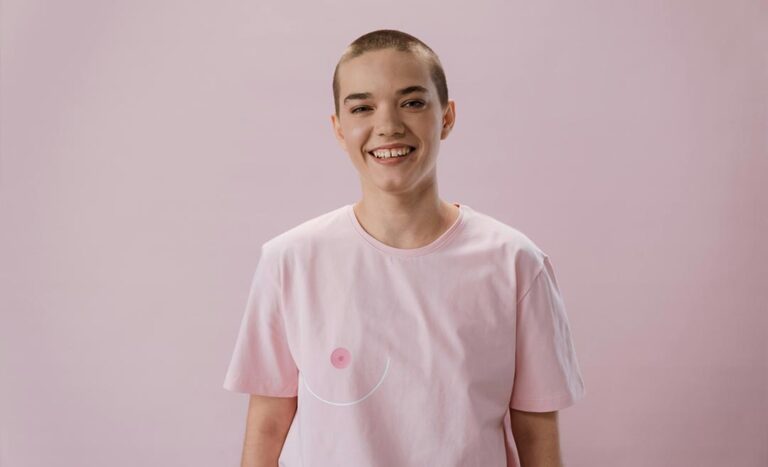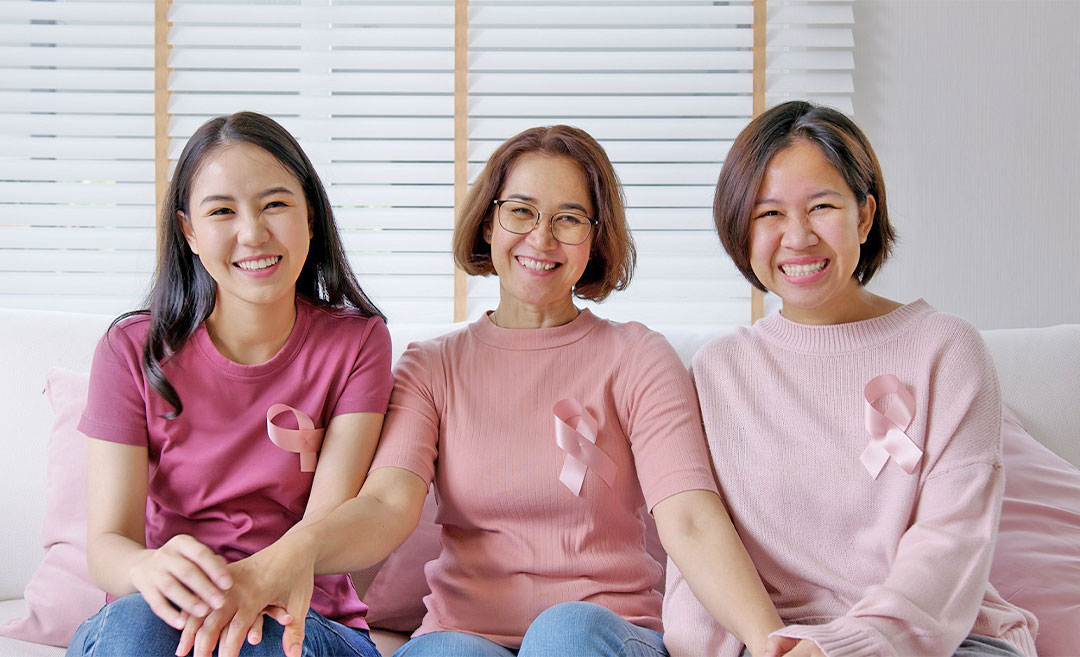October is Breast Cancer Awareness Month, a time to spotlight a disease that impacts millions worldwide. Breast cancer is the most commonly diagnosed cancer among women globally, and according to Gleneagles Hospital, it is the leading cancer type in Malaysia.
While awareness has improved over the years, many myths and misconceptions about breast cancer still persist. These misunderstandings can lead to unnecessary fear, delayed screenings, and confusion regarding prevention and treatment.
Let’s take a moment to debunk some of these myths to better protect your breast friends.
Myth 1: Only women with a family history of breast cancer are at risk
The reality: Most women diagnosed with breast cancer do not have a family history of the disease.
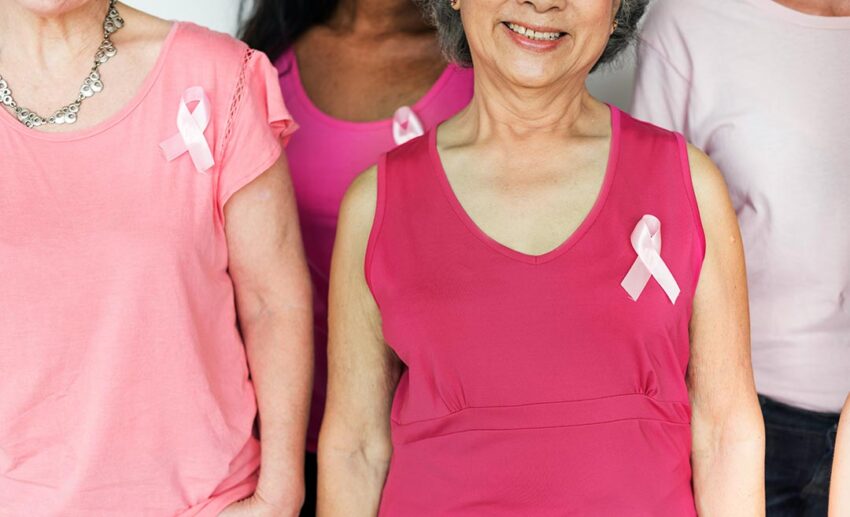
One common myth is that breast cancer only affects women with a family history of the disease. While having a close relative with breast cancer does increase your risk, it’s important to understand that about 85% of breast cancer cases occur in women without any family history. These cases are often due to genetic mutations that arise naturally as part of the ageing process rather than inherited mutations like BRCA1 or BRCA2.
Everyone is at some risk for breast cancer, regardless of family history. That’s why women need to be proactive about their breast health by performing regular self-exams and getting screenings, even if there is no known family connection to the disease.
Myth 2: Breast cancer only affects older women
The reality: Breast cancer occurs at any age, although the risk increases as women get older.
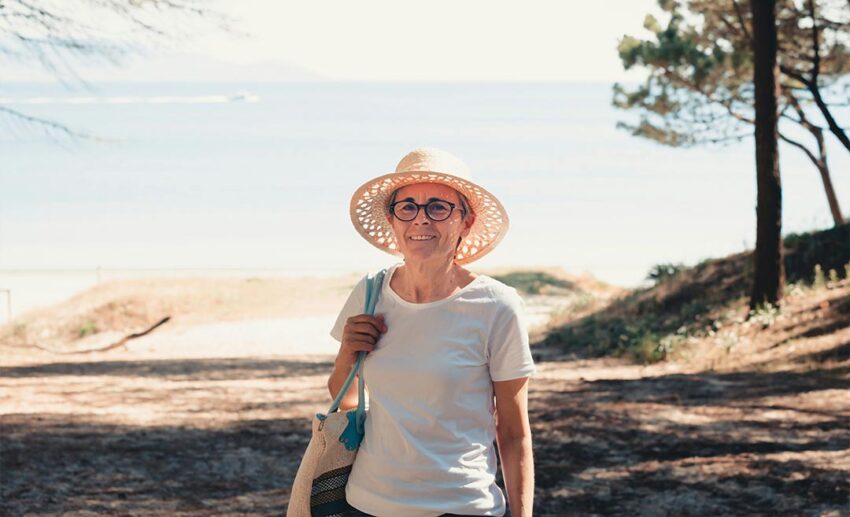
Although the risk of breast cancer increases with age—most diagnoses occur in women over 50—it can also affect younger women. In fact, women in their 20s, 30s, and 40s can be diagnosed with the disease. Those diagnosed with breast cancer at a young age face unique challenges, including concerns about fertility and the long-term health implications of treatment.
Younger women may not perceive themselves as being at risk, which makes them less likely to perform regular breast self-exams or seek medical advice when they notice changes in their breasts. However, it’s important for all women, regardless of age, to be aware of their bodies and report any unusual changes to a healthcare provider.
Myth 3: Wearing a bra or using antiperspirant can cause breast cancer
The reality: There is no scientific evidence that wearing a bra or using antiperspirant causes breast cancer.
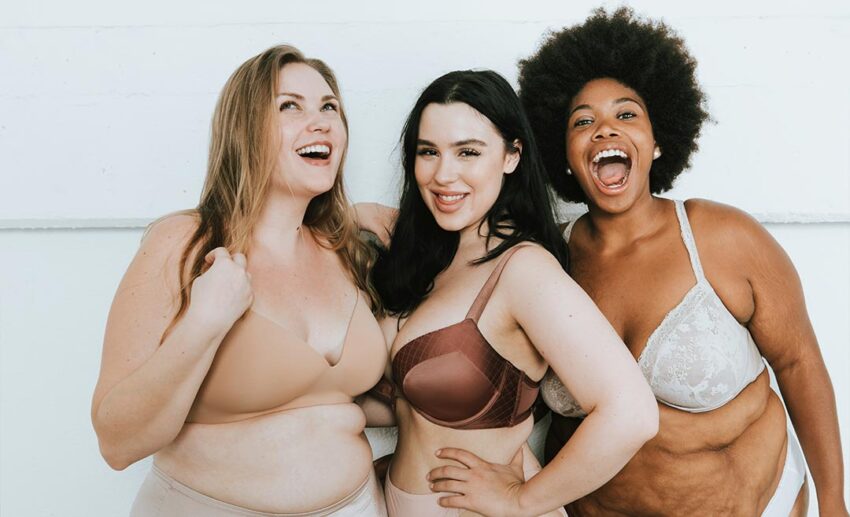
This myth has been circulating for years, leading some to believe that wearing underwire bras or using certain deodorants can block lymph nodes or trap toxins, increasing the risk of breast cancer. However, no scientific studies support these claims. Breast cancer develops due to genetic mutations, not because of external factors like clothing or personal care products.
While it’s always good to be mindful of what you put on your skin, there’s no need to avoid wearing bras or using antiperspirants out of fear that it will lead to breast cancer. Instead, focus on established risk factors like lifestyle choices and genetic predispositions. Remember, facts over hearsay myths.
Myth 4: Every lump you find is cancerous
The reality: Not all breast lumps are cancerous, but a healthcare provider should always check them.
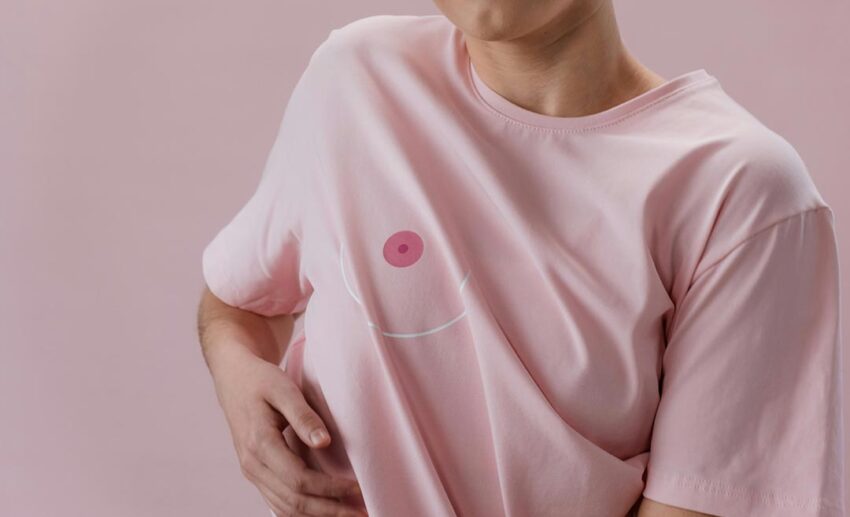
Finding a lump in your breast can be frightening. However, not all lumps indicate cancer. In fact, most breast lumps are benign and can be caused by conditions like cysts or fibroadenomas. Despite this, it is important to have any lump evaluated by a healthcare professional to determine if further testing is needed.
Early detection plays a crucial role in improving outcomes for breast cancer treatment. Therefore, even though many lumps are not cancerous, it is essential to have them checked promptly.
Self-exams can help women become familiar with their breasts and more likely to notice any unusual changes, but they should not replace routine mammograms, which can detect breast cancer in its earliest stages.
Myth 5: A healthy lifestyle means you won’t get breast cancer
The reality: While a healthy lifestyle can reduce your risk, it doesn’t eliminate it entirely.

Eating a nutritious diet, exercising regularly, and avoiding self-sabotaging habits like smoking and excessive alcohol consumption can aid in lowering your risk of developing breast cancer. However, it’s also important to note that the above healthy habits don’t mean you’re entirely shielded. Some risk factors, such as age, gender, and genetics, are beyond our control.
That being said, maintaining a healthy lifestyle is still crucial in reducing cancer risk and improving your ability to recover from illness or treatment. It’s also important to get regular screenings and check-ups, as early detection is critical to effective treatment.
When it comes to diseases like breast cancer, knowledge is power, and it’s a complex disease with a lot of misconceptions surrounding it.
By sharing accurate information and getting the facts right, we can collectively reduce fear and promote proactive healthcare. Early detection, through self-exams and screenings, is one of the most effective tools in the fight against breast cancer. So, don’t forget to get your yearly check-ups, ladies!
